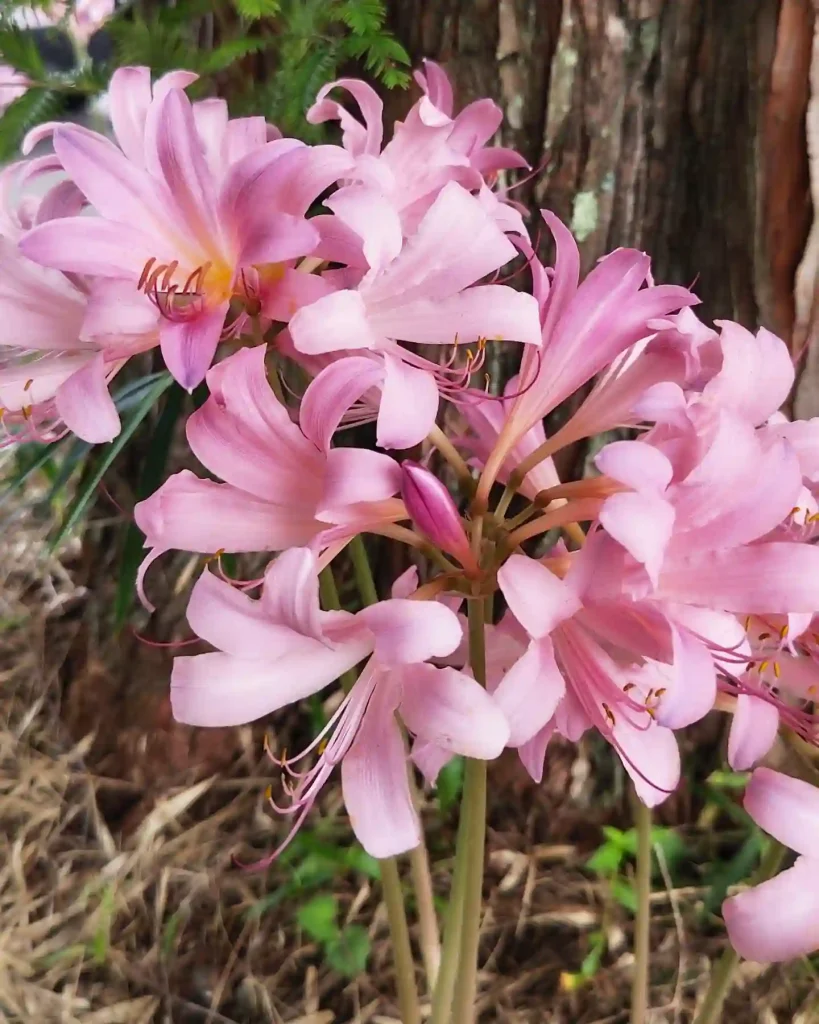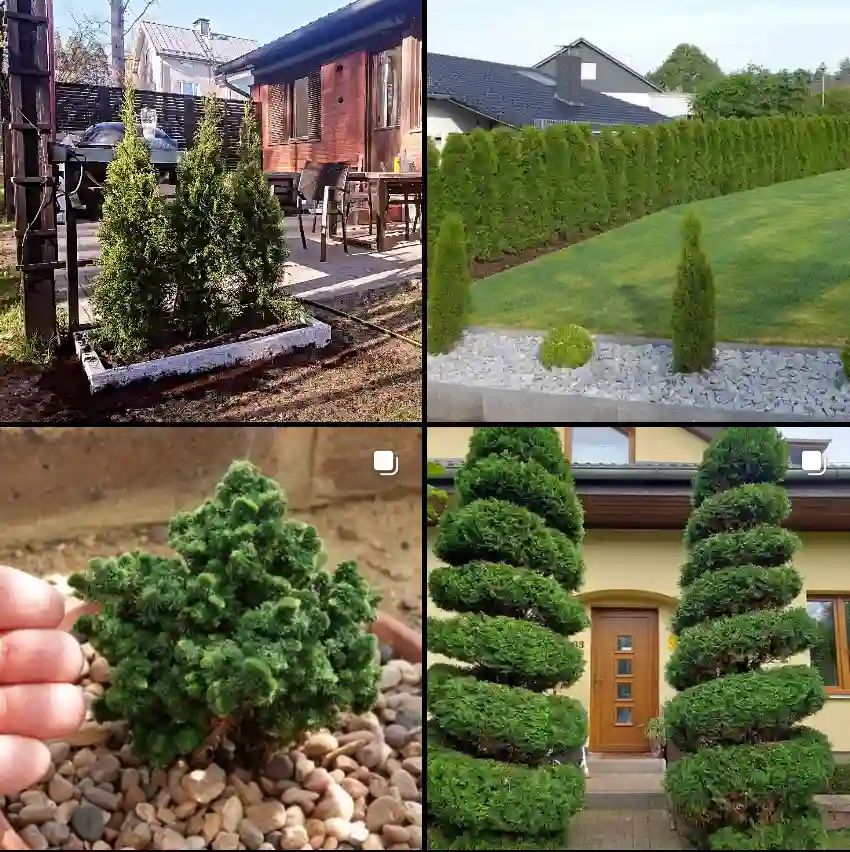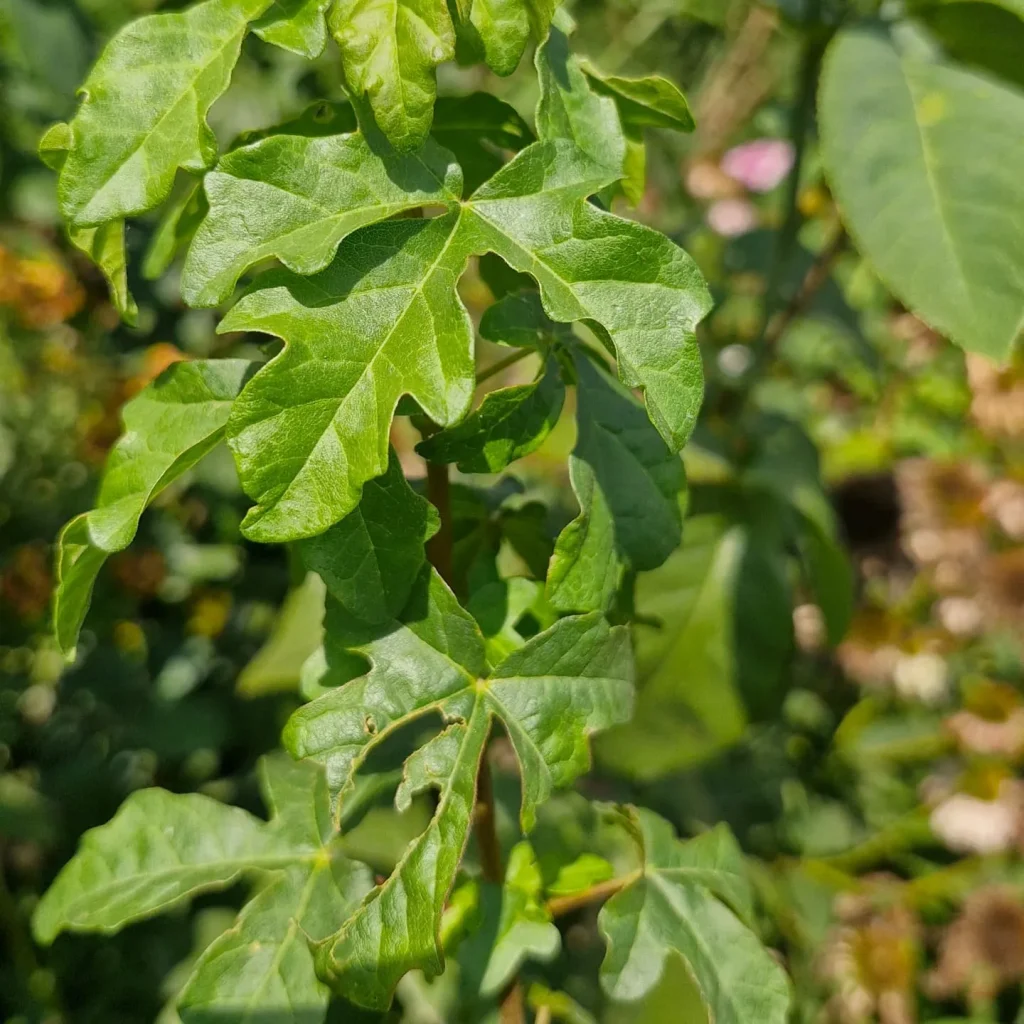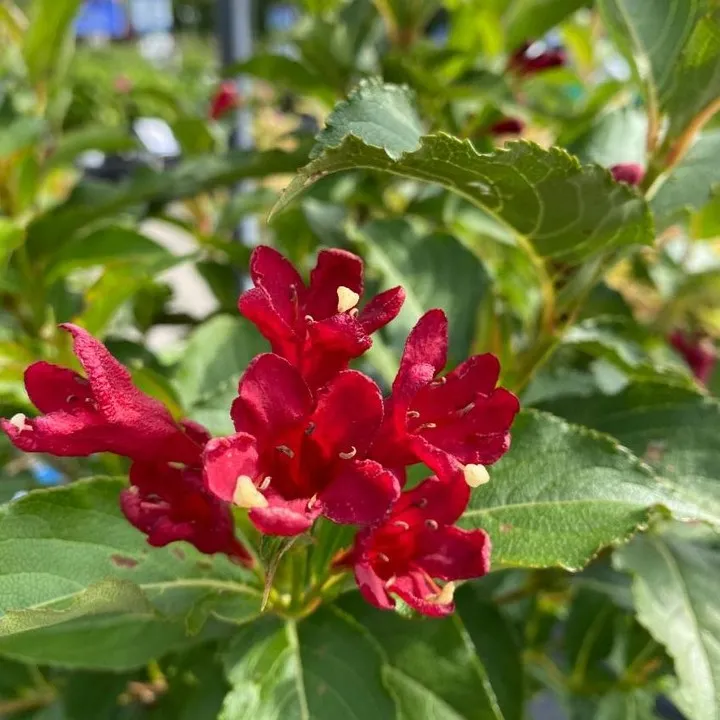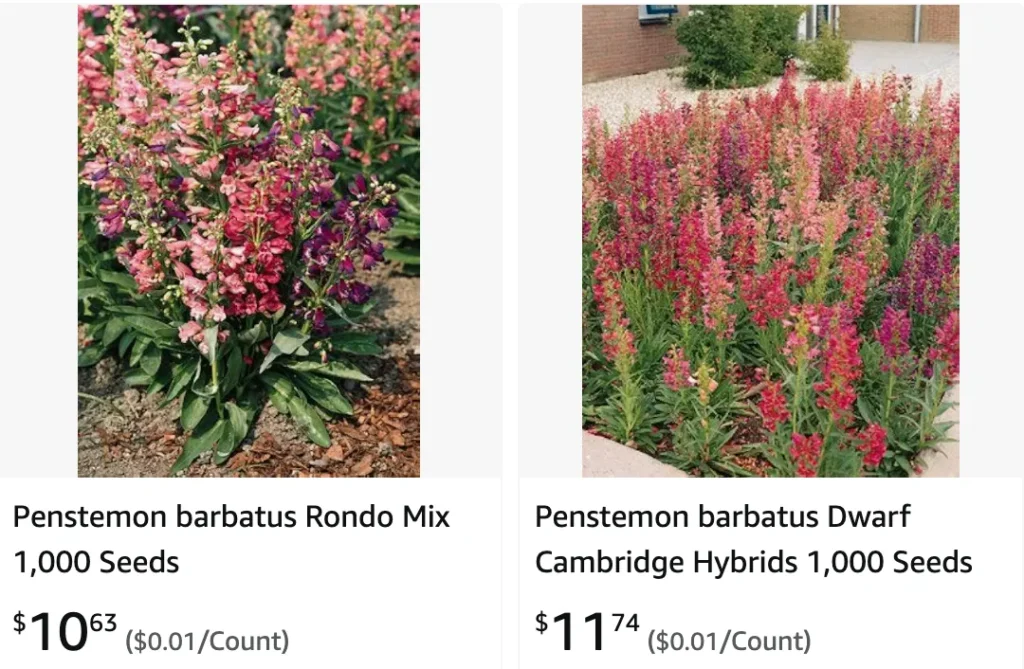
Penstemon Barbatus: A Summer Symphony of Color in Your Garden
For the past few years, I’ve been on a mission to transform my garden into a vibrant haven throughout the summer. One of my recent discoveries that has played a starring role in this endeavor is the stunning Penstemon Barbatus, also known as the Beardtongue. This captivating perennial has become a firm favorite, not just for its dazzling flower spikes, but also for its surprising ease of care.
If you’re looking for a low-maintenance bloomer that injects a burst of color into your garden from early summer until fall, then the Penstemon Barbatus deserves a spot in your planting scheme. Let’s delve into everything you need to know about cultivating this delightful flower.
288 Species in Genus Penstemon
Where Does the Penstemon Barbatus Thrive?
The Penstemon Barbatus originates from rocky slopes and meadows in North America. This translates to a preference for well-draining soil. In fact, excessive moisture is the arch-nemesis of this plant. So, if your garden has heavy clay soil, consider amending it with sand or planting your Penstemon Barbatus in raised beds to ensure proper drainage.
When it comes to light, these sun-worshippers thrive in full sun exposure. Aim for at least 6-8 hours of direct sunlight daily for optimal growth and flower production.
How to Plant Penstemon Barbatus?
There are two main ways to cultivate Penstemon Barbatus: starting from seeds or planting established transplants.
Seeding:
For the more patient gardener, starting your Penstemon Barbatus from seeds offers a rewarding experience. Sow seeds indoors around 8-10 weeks before the last frost. Use a well-draining seed starting mix and keep the soil moist but not soggy. Once the seedlings emerge and develop a few sets of true leaves, harden them off gradually before transplanting them outdoors to their permanent location after the danger of frost has passed.
Transplanting:
Planting established transplants is a quicker way to enjoy the beauty of Penstemon Barbatus. Choose healthy plants with vibrant green foliage and avoid those with signs of wilting or yellowing. Space your transplants 12-18 inches apart to allow for proper air circulation and growth.
How to care for Penstemon Barbatus?
Once established, the Penstemon Barbatus is a remarkably low-maintenance plant. Here are some key things to remember:
- Watering: Water your Penstemon Barbatus regularly, especially during hot and dry spells. However, avoid overwatering, as this can lead to root rot. Aim to keep the soil consistently moist but not soggy.
- Feeding: While not essential, a light application of balanced fertilizer during the early growing season can give your Penstemon Barbatus a boost. Opt for a slow-release fertilizer to avoid burning the roots.
- Deadheading: To encourage continuous blooming throughout the season, deadhead spent flowers regularly. Simply snip off the flower head just below the faded bloom. This will not only improve the overall appearance of the plant but also promote the production of new flowers.
Extending the Beauty: Propagating Penstemon Barbatus
There are two main methods for propagating Penstemon Barbatus: stem cuttings and division.
Stem Cuttings:
Take stem cuttings in early summer from healthy, non-flowering stems. Choose a piece with at least two nodes and cut it just below a node. Remove the lower leaves and dip the cut end in rooting hormone (optional). Plant the cutting in a pot filled with moist, well-draining potting mix and keep it in a warm, humid location. Once roots develop, you can transplant the new plant outdoors.
Division:
Established clumps of Penstemon Barbatus can be divided in spring or fall. Carefully dig up the entire plant and use a sharp knife to divide it into several sections, ensuring each section has healthy roots and shoots. Replant the divisions in their new locations and water them well.
Companions for Your Penstemon Barbatus
The vibrant blooms of the Penstemon Barbatus pair beautifully with other summer bloomers. Here are a few ideas:
- Yarrow (Achillea millefolium): The feathery foliage of Yarrow creates a lovely contrast to the upright flower spikes of Penstemon Barbatus.
- Catmint (Nepeta): Catmint offers fragrant lavender flowers that complement the color palette of Penstemon Barbatus.
- Russian Sage (Perovskia atriplicifolia): The silvery foliage of Russian Sage adds a touch of elegance to the garden bed and provides a beautiful backdrop for the vibrant flowers of Penstemon Barbatus.
With its minimal care requirements and stunning floral display, the Penstemon Barbatus is a true gem for any garden. So, why not add a touch of summer magic to your garden with this captivating perennial? From the fiery reds and oranges to the softer pinks and purples, the Penstemon Barbatus boasts a diverse color palette that caters to every taste. Plus, their tubular flowers are a magnet for hummingbirds and butterflies, adding a touch of lively entertainment to your outdoor space. With a little planning and TLC, these low-maintenance beauties will reward you with a dazzling display of color throughout the summer, transforming your garden into a vibrant haven.
If i die, water my plants!
